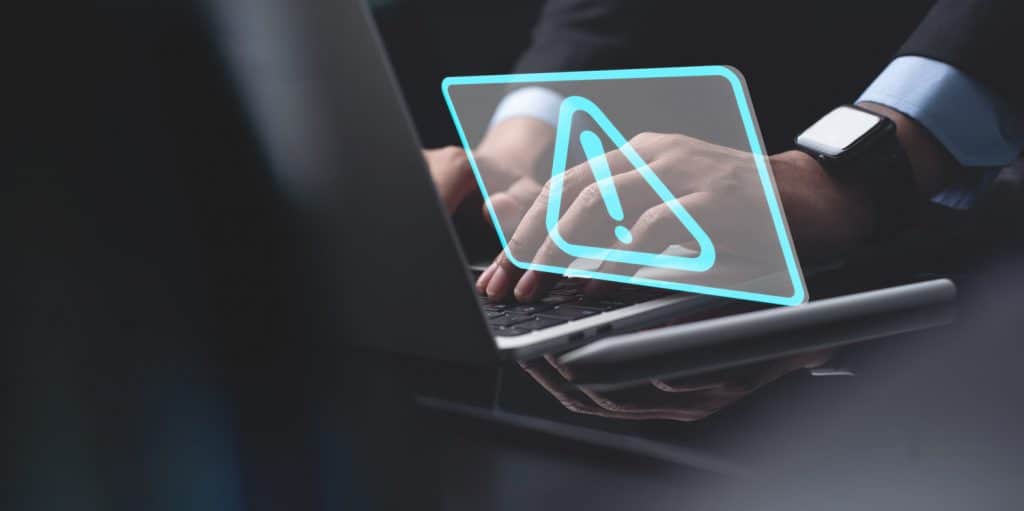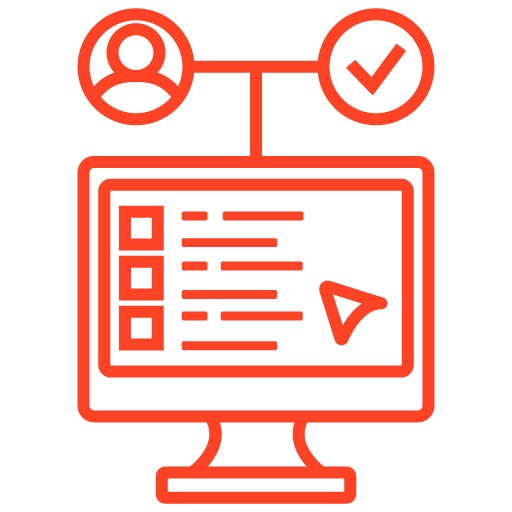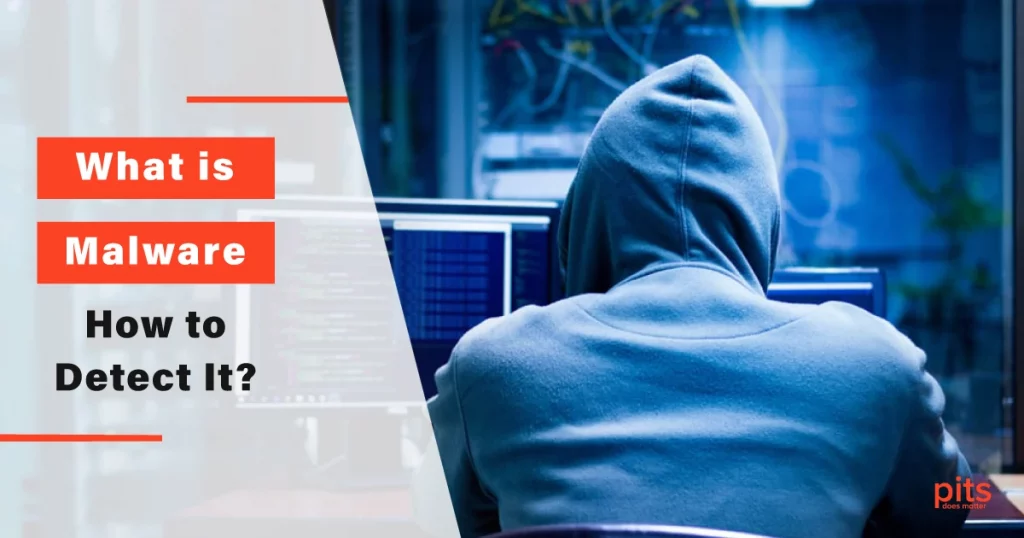Malware is a kind of malicious software that is created to damage, disrupt, or gain unauthorized access to a computer system or network. In this blog, our team will discuss what malware is, how it infects devices, and the effects it can have on storage devices.
What is Malware? - Malware Definition
The malware def states that it is any program or code designed to harm, exploit, or gain unauthorized access to a network or storage system. Unfortunately, malware can take many forms, including viruses, worms, Trojan horses, spyware, ransomware, adware, and other types of malicious code. Each type of malware has its unique characteristics and methods of attack.
Viruses
Viruses are the most well-known type of malware. They are invented to replicate themselves and spread from one the computer to another, usually via email attachments or infected software downloads. Once a virus infects storage, it can cause many problems, from slowing down the system to destroying important files.
Worms
Computer worms are similar to viruses but do not require a host program to replicate. They can spread rapidly through networks, causing widespread damage to computers and systems.
Trojan Horses
Trojan horses are malware that disguises itself as legitimate software, tricking users into installing it. Once installed, the Trojan horse can perform various fraudulent activities, such as stealing sensitive information or allowing unauthorized access to the system.
Ransomware
Ransomware is malware that encrypts a user’s system, encrypts the files, and demands payment in exchange for the decryption key.
If the ransom is left unpaid, the files remain encrypted and inaccessible.

Spyware
Spyware is a kind of malware designed to collect sensitive information from a user’s computer, such as passwords, credit card numbers, and other personal data. This information is then returned to the attacker, who can use it maliciously.
Adware
Adware is malware that displays unwanted advertisements or pop-ups on a user’s computer. While not necessarily harmful, the adware can be extremely annoying and slow down the system.
How Malware Infects the Device
There are many methods how which malware can infect a device. One of the most frequent ways is through email attachments. Attackers can send emails with infected attachments, which, when opened, can infect the computer with malware.
Another common method of malware infection is through software downloads. Attackers can create fake software downloads infected with malware, tricking users into downloading and installing them onto their devices.
Malware can also be spread through social engineering tactics, such as phishing scams. In a phishing scam, attackers send emails or messages that seem to be from a legitimate source, such as a bank or social media site. The message will often include a link that, when clicked, leads to a fake login page. Once the user enters login credentials, the attacker can steal and use the information for malicious purposes.
How to Define Malware on a Device
Malware can have a range of effects on a storage device, depending on the type of malware and the severity of the infection. Some of the most frequent warning signs of malware on storage devices include the following:
Slow Performance
Malware can slow down a device’s performance because it consumes system resources. If your storage suddenly becomes slow and unresponsive, it could be a symptom of malware infection.
Pop-ups
If your device suddenly starts displaying pop-ups or other types of unwanted advertisements, it could be a sign of adware or other types of malware.

Unusual Network Activity
Malware often communicates with remote servers to send and receive information. If you notice unusual network activity, such as a lot of data being sent or received when you are not actively using your device, it could be a sign of malware.
Strange Browser Behavior
Malware often affects web browsers by changing the default search engine, adding toolbars or extensions, or redirecting to unwanted websites.
Changes to Security
Settings Malware often disables or changes security settings on a device to make it easier for attackers to access it. It could be a sign of malware if you notice changes to your security settings or software.
Unfamiliar Programs
If you notice unknown programs you did not install on your device, it could be an indication of malware infection.
Antivirus Alerts
If your antivirus software detects malware on your device, it is a clear sign of infection. You should immediately follow the recommendations provided by the antivirus software to remove the malware.
High CPU or Memory Usage
If you notice high CPU or memory usage on your device, it could be a sign of malware infection. Malware often consumes many CPU or memory resources, causing your device to slow down or crash.
Files or Folders Disappearing
Malware can delete or encrypt files on your device, making them inaccessible. If you notice files or folders disappearing or becoming unavailable, it could be a sign of malware infection.
Unusual Behavior
If your device behaves unusually or erratically, it could be a sign of malware infection. For example, if your mouse cursor moves on its own or your keyboard types random characters, it is a warning sign for you.
Malware Removal from the Device
If you notice any of the above signs on your device, detecting and removing the malware immediately is important. Here are some essential steps to take to detect malware on your device:
Run a Scan
Use anti-malware or antivirus software to scan your device for malware. This software can detect and remove malware infections.
Check for Unfamiliar Programs
Check your device for unfamiliar programs that you did not install. Uninstall any programs you do not recognize or did not install.
Update your Software
Make sure all your software is up to date, including your operating system, web browsers, and antivirus software. Malware often exploits known vulnerabilities in software, so keeping your software up to date can help prevent malware infections.
Disconnect from the Internet
If you suspect that your device is infected with malware, disconnect it from the internet to prevent the malware from communicating with remote servers.
Restore from Backup
If your device is severely infected with malware, you may need to restore it from a backup to remove it completely.
Seek Professional Help
If you are unable to remove the malware from your device or suspect that it has been compromised in other ways, seek professional help from experts.
Data Recovery from Malware-Infected Devices
As a leading data recovery service provider, PITS Global Data Recovery Services is equipped to help businesses and individuals recover lost data from malware-infected devices. Malware attacks can cause significant data loss and disruption, and our team of experts is here to help mitigate the damage and recover your data quickly and securely.

If you’re facing a data loss situation, don’t hesitate to contact us. Our 24/7 data recovery services are available to you, 365 days a year. Let us help you recover your precious data today.

We start the recovery process with a risk-free evaluation. Our technicians estimate reasons for data loss and the level of damage. Based on it, we select the most suitable recovery strategy.

With years in the data recovery industry, our company supports the highest customer satisfaction rate. We do everything to provide a positive experience for our clients.

During our remote customer file verification session, you will thoroughly review all necessary documents and records to ensure accuracy and compliance.

We offer data recovery services from over 50 locations across the US. This means that no matter where you are located, you can access our services to recover the data.

With our certified data recovery services and 99% success rate, we are confident that we can recover your precious data and get you back up and running in no time.
Our data recovery services are available for both businesses and individuals. We have experience working with various industries, including healthcare, finance, legal, and more. We also offer ransomware data recovery services for situations where time is critical, such as in the case of a ransomware attack.
Our data recovery process is secure and confidential. We take the privacy and security of your data seriously and ensure that all recovered data is kept confidential and secure. We also use state-of-the-art technology and tools to ensure the highest possible success rates for data recovery.
Malware attacks can cause significant data loss and disruption. We are equipped to help businesses and individuals recover their data from malware-infected devices. We offer customized solutions tailored to your needs and work with you to recover your data quickly and efficiently.
Contact our customer service today to learn more about our recovery services and how we can help you restore your lost data.
Frequently Asked Questions
What is malware meaning?
Malware is a broad term that refers to any malicious software designed to harm or exploit computer systems, networks, or devices. It includes various types of malicious programs, such as viruses, worms, Trojans, ransomware, spyware, adware, and more.
How does malware infect systems?
- Email attachments or malicious links: Opening infected email attachments or clicking on malicious links can download malware onto your system.
- Drive-by downloads: Visiting compromised websites or clicking on malicious ads can result in malware being downloaded silently.
- Software vulnerabilities: Exploiting security vulnerabilities in outdated or unpatched software is another way malware can infect systems.
- Infected external devices: Connecting infected USB drives or other external devices to your system can introduce malware.
- Social engineering: Malware can be delivered through deceptive tactics, such as phishing emails or fake software updates, tricking users into installing or executing the malicious program.
How can I detect malware on my system?
Detecting malware on your system requires a combination of vigilance and using dedicated security measures. Here are some common methods for detecting malware:
- Use reputable antivirus software: Install and regularly update a reputable antivirus program that can scan your system for malware and provide real-time protection.
- Regularly update software: Keep your operating system, applications, and plugins up to date with the latest security patches to prevent malware exploits.
- Be cautious with email attachments and links: Exercise caution when opening email attachments or clicking on links, especially from unknown or suspicious sources.
- Monitor system behavior: Watch for unusual system behavior, such as slow performance, unexpected pop-ups, or unexplained network activity, as these could be signs of malware.
- Perform regular system scans: Schedule regular system scans using your antivirus software to check for any malware that may have slipped through.
What are the signs of a malware infection?
- Sluggish system performance or frequent crashes.
- Unusual pop-ups, ads, or browser redirects.
- Disabled or modified antivirus software.
- Unexplained changes to system settings or files.
- Unauthorized access or control of your system.
- Increased network activity even when you’re not actively using the internet.
- Missing or encrypted files (in the case of ransomware).
If you suspect a malware infection, it is important to take immediate action to isolate and remove the malware from your system. Run a thorough scan with your antivirus software and consider seeking professional assistance if needed.
What are the malware protection techniques?
- Keep your software up to date with the latest security patches.
- Use reputable antivirus software and keep it updated.
- Exercise caution when opening email attachments or clicking on links.
- Only download software from trusted sources.
- Enable automatic backups of your important data.
- Use strong, unique passwords for your accounts.
- Regularly educate yourself about current malware threats and security best practices.
